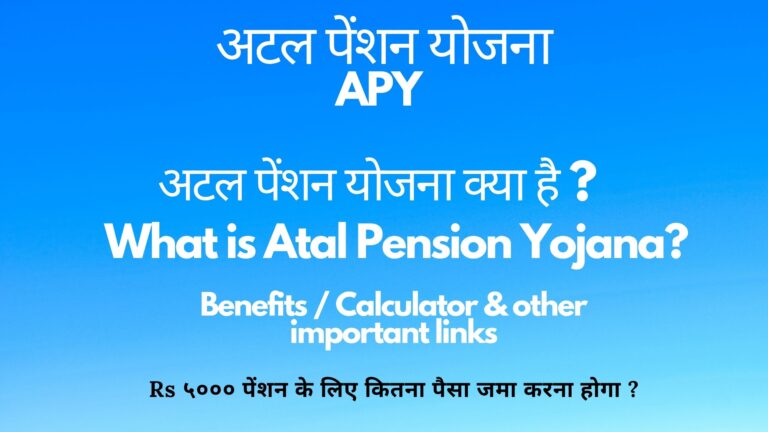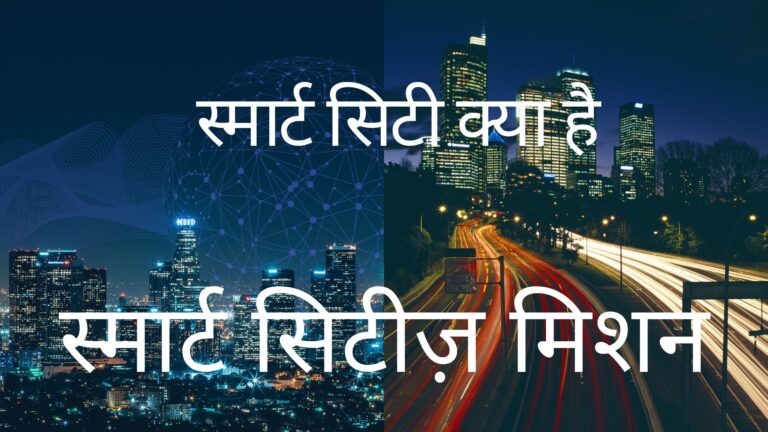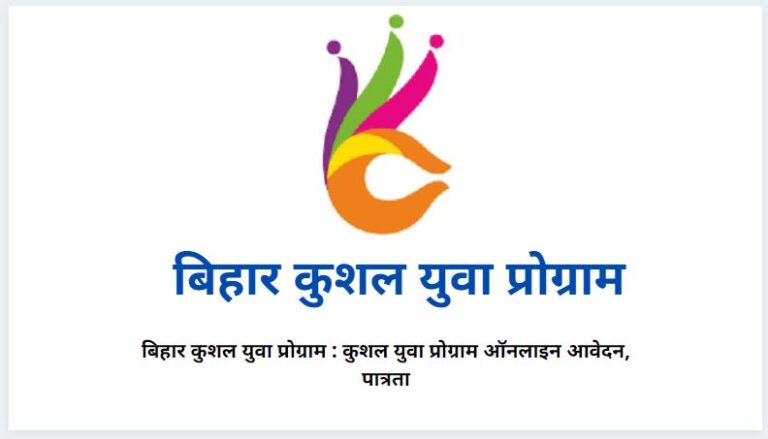
In this blog post we will talk about this government initiative called as Skill India Mission which is a skill development program.
India is a labor-intensive country as there is a large population. The requirement for jobs is high.
But there is a lack of skilled labor needed for professional based work. The different skills will enhance the chances of a person to be employed and absorbed in the industry and go to a higher position with some hard work and training.
Youth in rural areas are generally reluctant to try out new streams as they have to travel very far off to learn a new skill.
Keeping all these things in mind and with an effort to boost the economy of the country Skill India Mission has been launched.
So what is the Skill India Mission?
The main features of the Skill India Mission are as follows:
- Improvement of the employability status of the youth. They must be able to get jobs in various specialized sectors as well and make a good earning along with a respectable position. It also gives them the confidence to venture out and start a new business if they like.
- Training, guidelines, and support is offered in this scheme. The specialized skills that are being enhanced are the technologically advanced forms of traditional works such as weavers, carpenter, mason, cobbler, welder, blacksmith, nurses, etc.
- The latest domains that have been started lately and are seeking the interest of the youth are in the field of construction, transportation, textiles, banking, tourism, jewelry, and so on. There is very less skilled labor available in this stream as of date.
- After the training youth is able to get jobs in the international market along with the domestic market.
- An additional feature is the rural India skill.
- There are various programs based on age, language, lifestyle, behavior, and management skills.
- The courses are very innovative and encouraging. They change the mental set up of the person and make him/ her positive towards life. There are group discussions to boost confidence in the public.
Why was Skill India Mission started?
In the year, 2014, the number of skilled labor in India was just 2%. There is a big gap in the required number and the available number of employable youth.
India does have a high population, but they lack proper knowledge and training of a skill.
With technological advancement, there is a need of upgrading the existing ways of doing the traditional works to be able to compete in this fast-paced world.
A few facts to emphasize the need are as below:
- According to NSDC( national skill development council), there will be a sharp demand for 12 crores of skilled labor by the year 2022 in the major 24 sectors of industry.
- There are 90% of labor who are casual workers and do not possess and special skills. But if trained properly they can be great skilled workers with time. The current conventional vocational training does impart the skill but does not polish them enough to get a good job. They need proper hands-on experience and guidance.
- There are not many people who opt for vocational courses. There is a social stigma attached to it. Thus, there is very a smaller number of people who actually complete these courses.
- Labor laws have been modified to make it easier for skilled laborers to work and get justified income and respect for the work being done.
- The youth have to stay constantly ungraded to be ahead of the competition and remain acceptable in the industry. New technology keeps coming every now and then. The youth must be aware of the new advancements being made.
- The current training institutes lack the infrastructural setup to give proper training and make the youth skilled to the desired level. The training being given is not at par with international standards.
Other related schemes in the Skill India Mission
It is correct if we say that the mission is an umbrella of multiple different schemes. The various other schemes under this Mission are:
- National Skill Development Mission: under his different states have a different set of skills that can be easily delivered to the youth as they are aware of the basics already. There are coordination and decision making based on the quality of the skill required of the skilled labor of that certain sector.
- Pardhan Mantri Kaushal Vikas Yojana: This scheme also encourages the youth of India to select an industry of their interest and then get proper training in the required fields of that industry. It will help meet the demands of skilled labor of the industry sector and the youth can make a handsome earning.
- Indian Skill Development Services: this special exam has been initiated to increase the interest of the youth towards the skill development sector. UPSC holds the exam. They aim at getting a better response from the educated youth as well to come ahead in the skill development sector.
- Skill Loan Scheme: loans of amounts rupees 5000 up to rupees 1.5 lakhs are given under this scheme. These can be used to take training or start a new venture after the training. The government wants to boost the morale of the youths so that they are not afraid to learn and utilize new skills.
Summary
The whole moto of this skill India Mission is to make the youth skilled and competent to fit into the new trends and technology of the industry. It has benefits both ways.
Not just enhancing the earning capacity of the youth but also boosting the economy as the industry will get skilled labor and do well. there will be higher profits as the products and services will be on par at international levels.
They will also be able to improve the living standards of themselves and their families. This will help improve the status of the whole society as a whole. And when there is less unemployment there will be a lesser crime in society.
As a result, this scheme will utilize the energy of the youth in a positive way to improve the security of society financially as well as socially.
- Atal Pension Yojana – अटल पेंशन योजना के बारे में जानकारी
- Smart Cities Mission in India Kya hai – स्मार्ट सिटीज़ मिशन
- Bihar Kushal Yuva Program – बिहार कुशल युवा प्रोग्राम : कुशल युवा प्रोग्राम ऑनलाइन आवेदन, पात्रता
- किसान क्रेडिट कार्ड क्या है – कैसे अप्लाई करें ?
- Essay on – Atmanirbhar Bharat Abhiyan
You may also like: Latest on Govt Jobs



